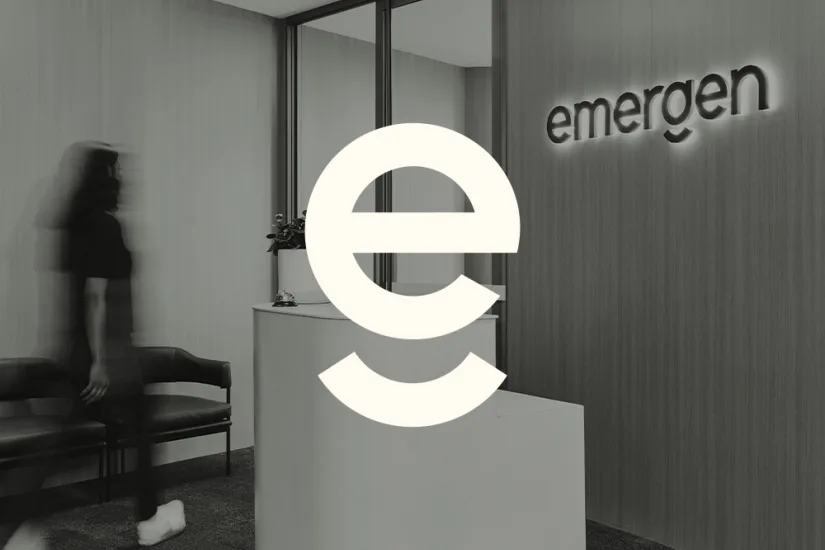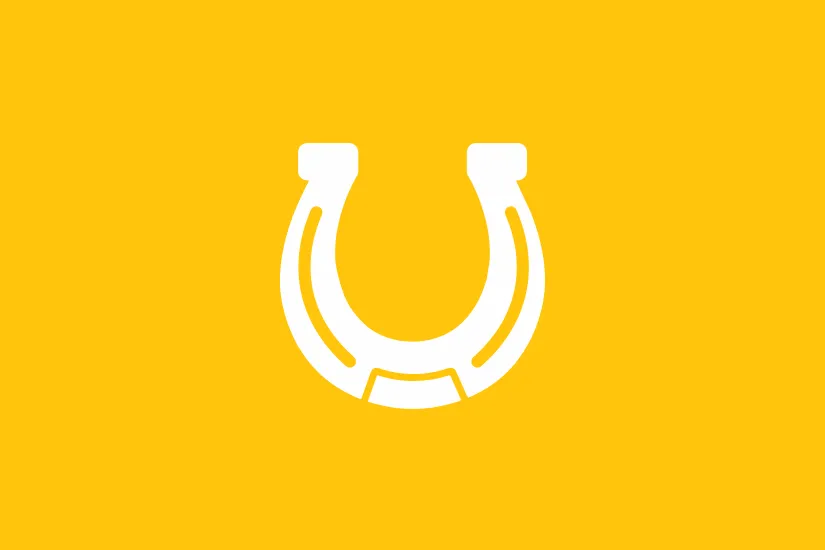Fremantle Prison / Visitor Signage.
Signage for a captive audience.
- Discipline
- Industry
Fremantle Prison the first built environment in Western Australia to be inscribed on to the World Heritage List. It is the most intact convict-built cell range in the nation and was the last convict establishment constructed in Australia.
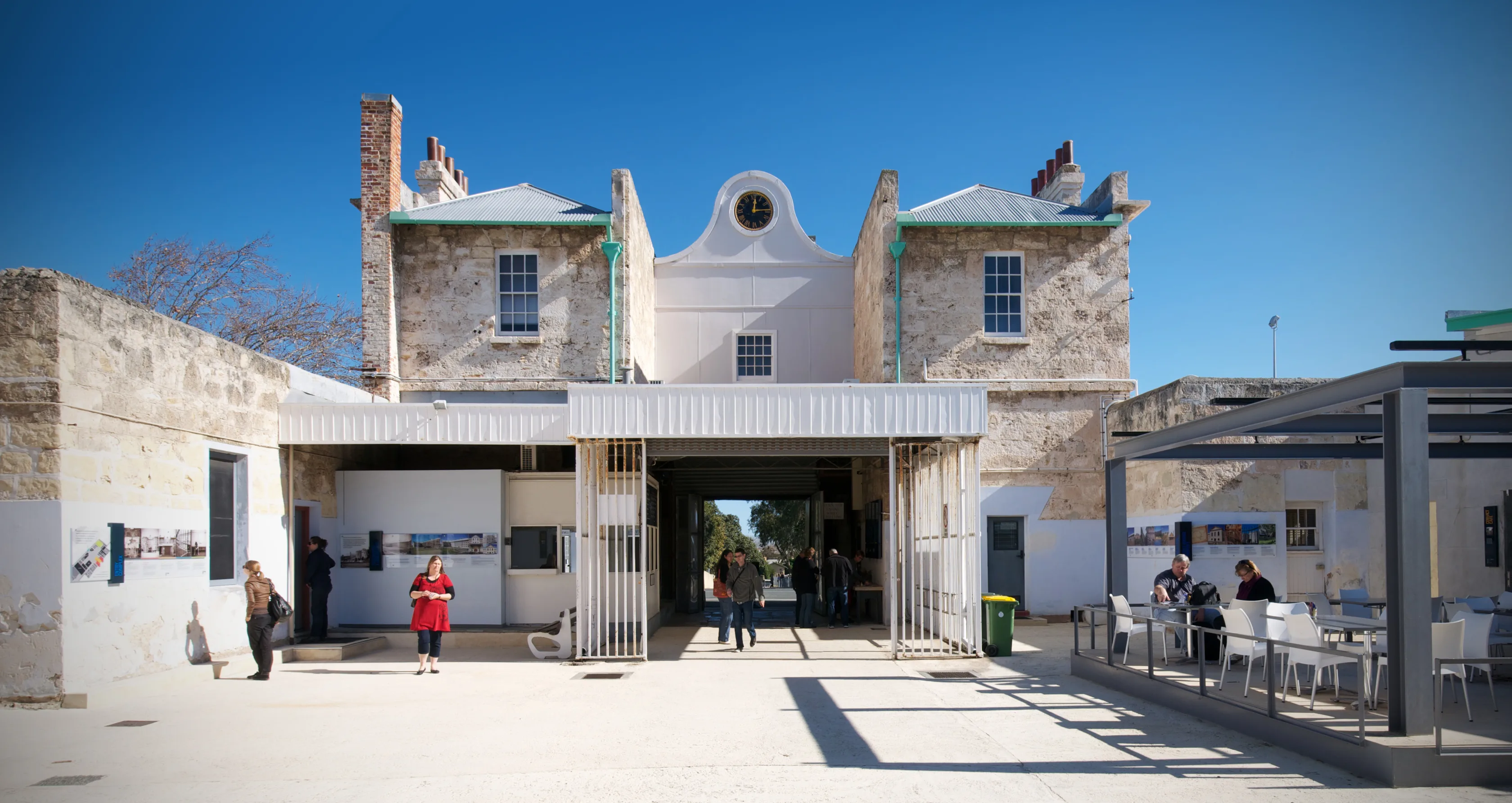


Challenge
In the lead up to possible World Heritage nomination Axiom were awarded the tender to work with Fremantle Prison to develop a more thematic approach to signage and interpretation throughout the complex to better engage visitors in the story of the prison’s history and enrich their visits.
Our work at Fremantle Prison included: developing a comprehensive signage strategy for wayfinding, interpretive, tour and information signage; creating a signage schedule; and overseeing fabrication and installation.
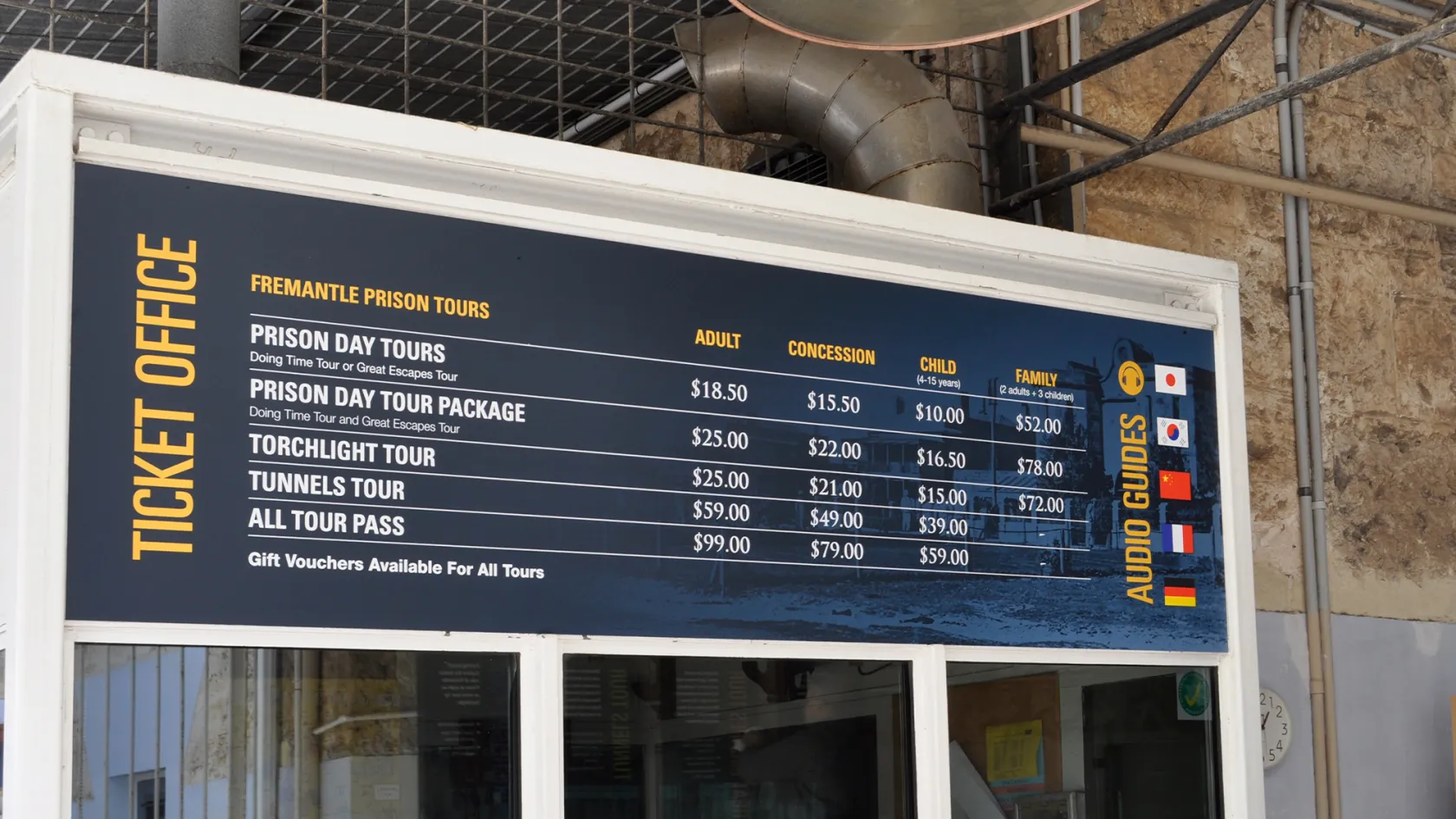
Response
The guiding principle of our signage strategy was to ensure new signage would have minimal impact on the physical as well as spatial fabric of the site, but remain clearly identifiable to visitors and where possible have signage serve more than one purpose.
We developed a comprehensive style manual that detailed the proposed colour palettes, image treatments, typeface selections and typographical hierarchies to ensure a harmony between all of the different signage types required would be achieved.
These signs facilitate the movement of visitors throughout the prison and enhance their experience by providing an added layer of interpretive and historical information they would otherwise not receive.
We also produced a range of glass interpretative panels that were installed throughout the main courtyard and café. These panels detailed the various uses of the entry complex, preservation and conservation efforts at the prison and general convict history.
Due to the heritage listing, careful consideration was also given to material selection and fixing methods. The size and weight of all materials used was taken into consideration to minimise fixing points into original fabric, and all work was designed to be reversible.



Result
Our strategy also referred to Burra Charter principles, which state that ‘interpretation should enhance understanding, appreciation and enjoyment of the site, and be culturally appropriate’. Signage was designed to be immediately identifiable as an ‘addition’ to the site, and not to be confused with existing fabric.
All of our primary signage vehicles subscribed to these principles; both the Terrace Signage and Courtyard Signage provide wayfinding and orientation for visitors and include an interpretive component detailing the original use and provenance of specific buildings.
As testament to the success of the partnership, the project received a Western Australian Heritage Council Award for “Outstanding conservation and/or interpretation of a place listed on the State Register of Heritage Places”.
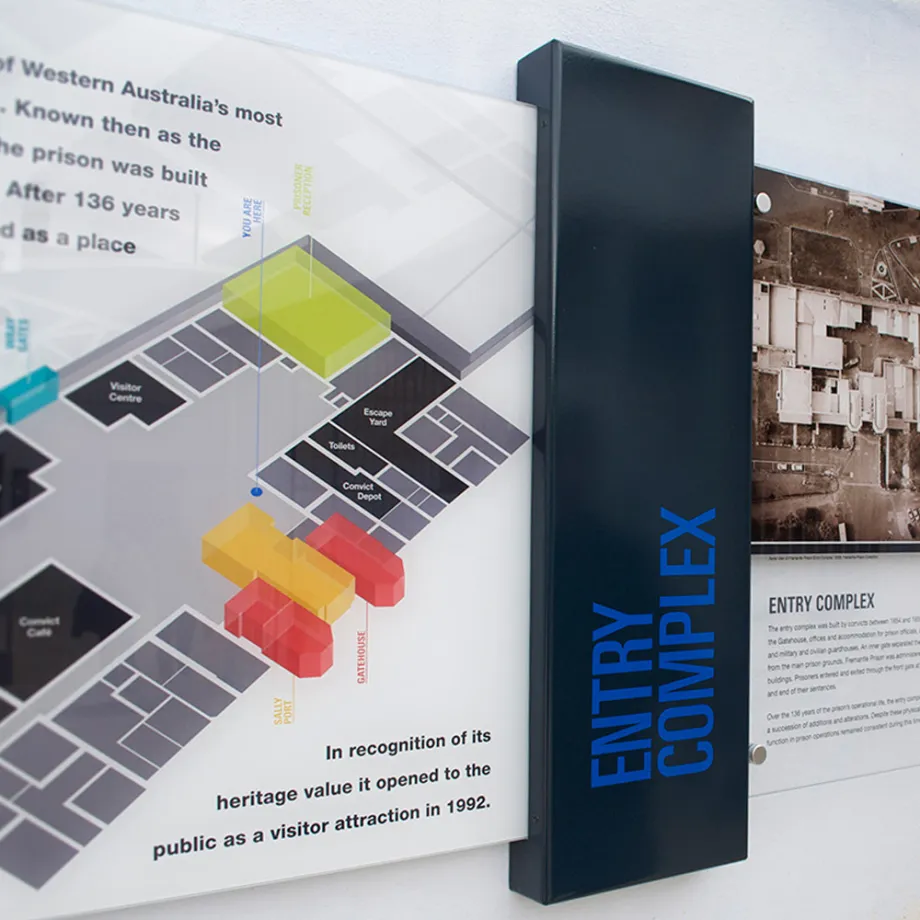

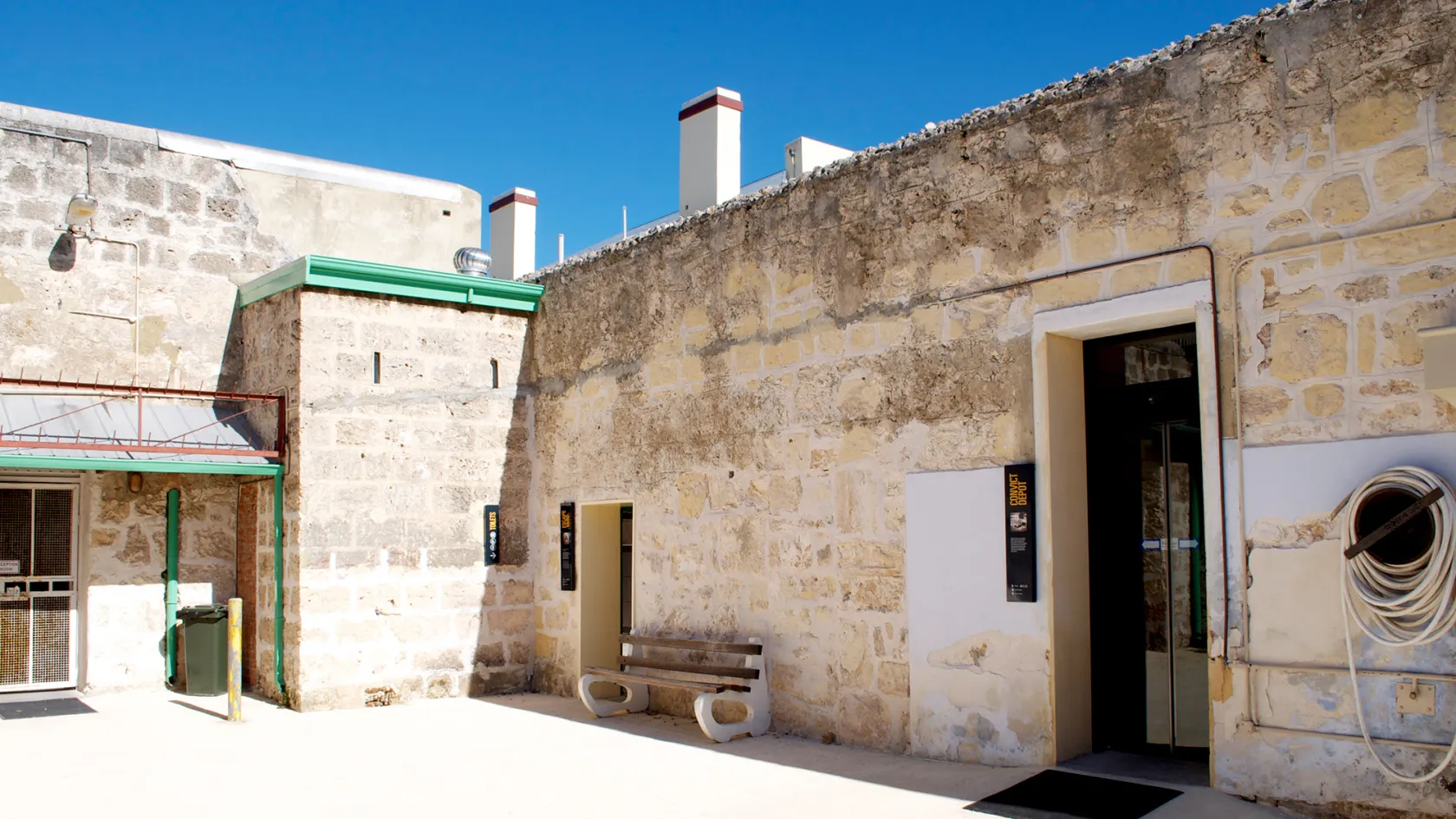
I am very pleased to let you know that Fremantle Prison won the award for Best Interpretation of a place on the State Register at the Western Australian Heritage Awards. Our submission focused on interpretation signage developed for the site including: The Visitor Centre, The Terrace, Entry Complex signage and Tunnels Complex.
This was the first time the Interpretation category featured in the awards. As the inaugural winner Fremantle Prison now provides the benchmark for quality interpretation in the Western Australian heritage industry. Our submission has set the standard that future submissions will need to follow.
The quality of the design work and the close attention paid to conforming with Burra Charter principles in terms of fixings, materials and visuals were the main reason the project won the award.
The design work you have delivered over the years has been of the highest quality and has helped to create a world-class experience for visitors coming to Fremantle Prison. In particular the uniform aesthetic now featured on interpretive materials throughout the Prison has vastly improved the sense of identity and place experienced by visitors exploring the Prison.
I look forward to continuing a very beneficial working relationship with Axiom and the completion of current on-going projects including the Convict Depot, Sally Port Signage, and Fairbairn Street Interpretation Signage.
Fremantle Prison
